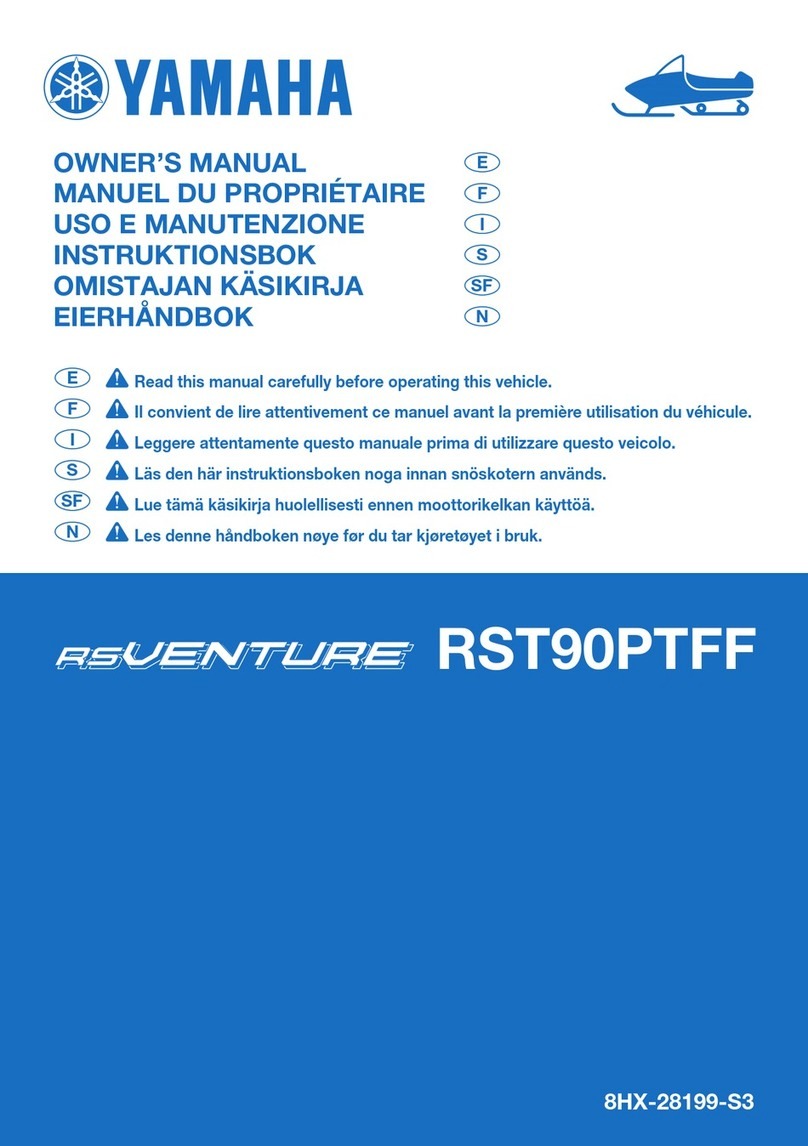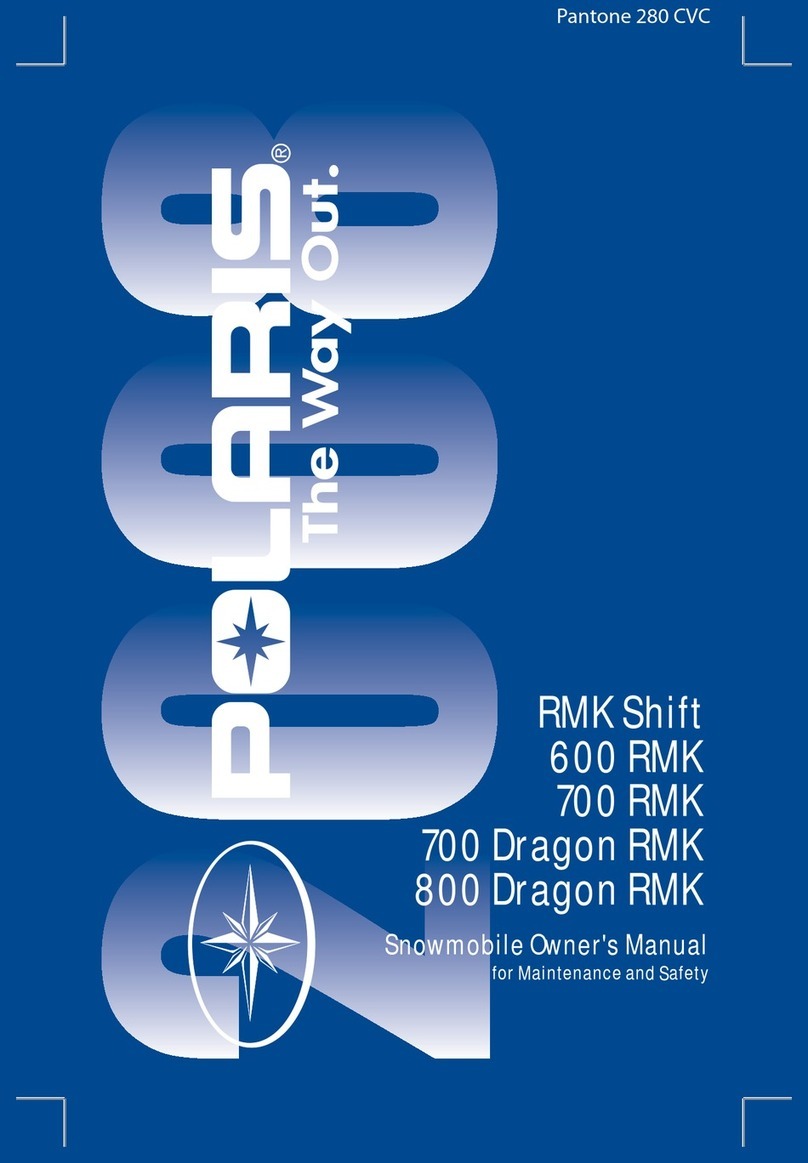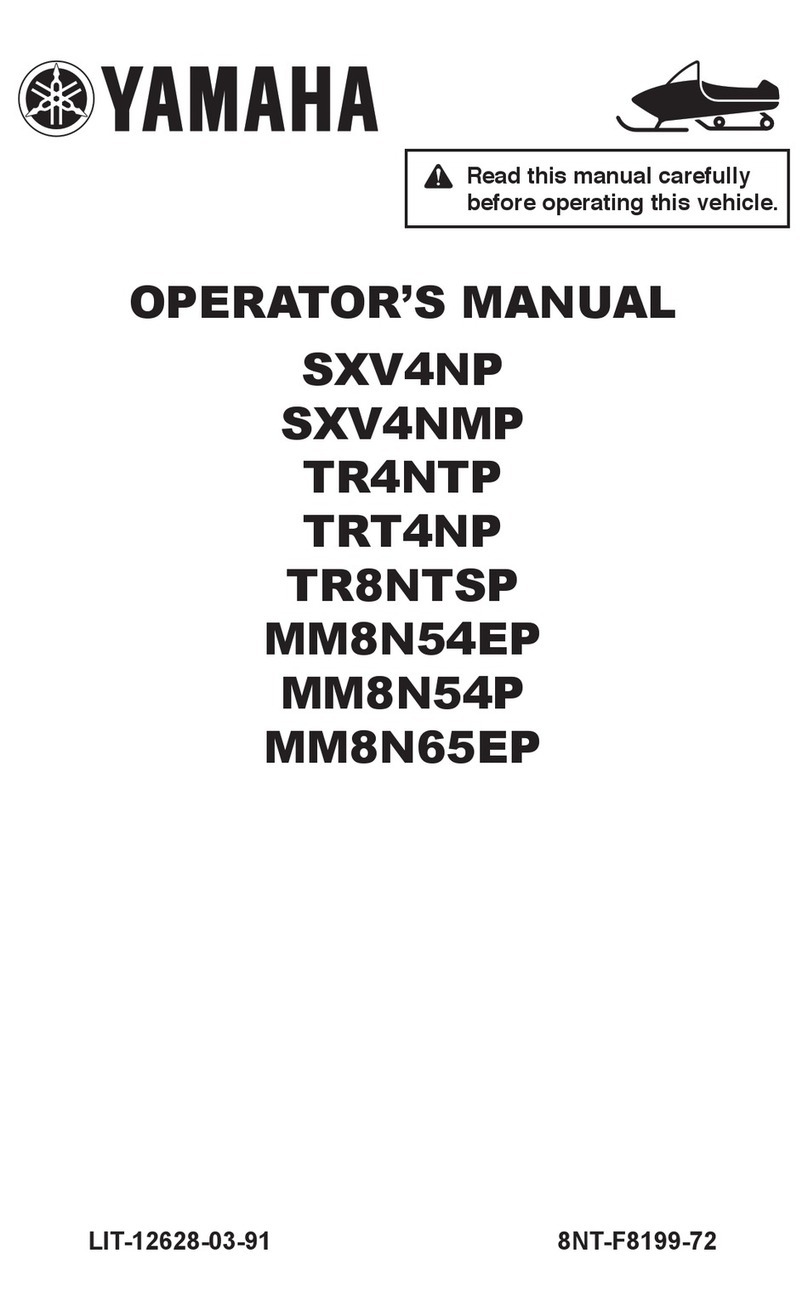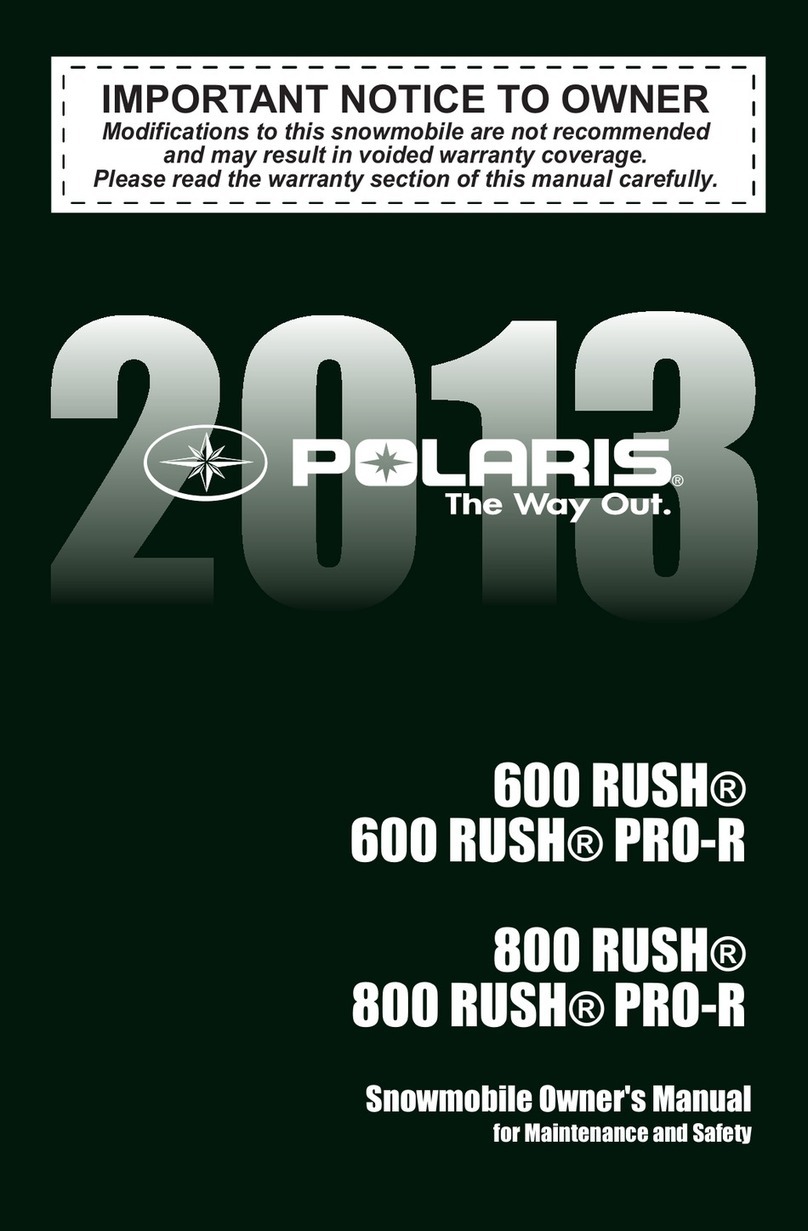BOMBARDIER ski-doo elan 1973 User manual
Other BOMBARDIER Snowmobile manuals
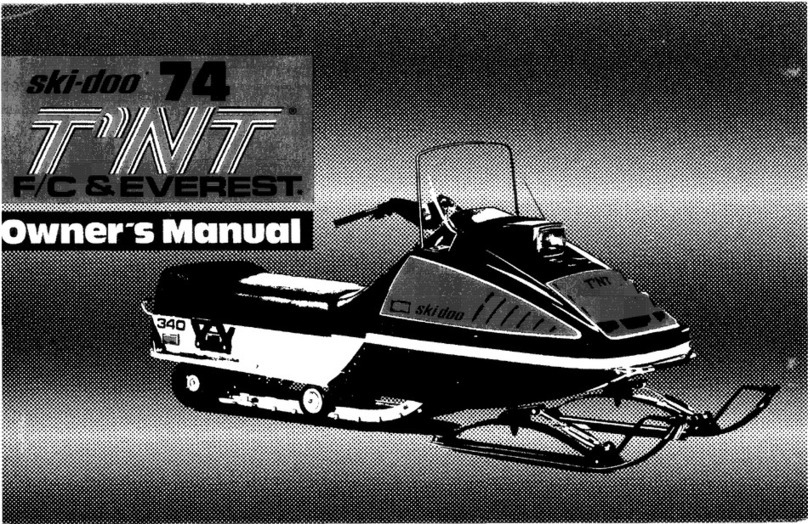
BOMBARDIER
BOMBARDIER ski-doo T'NT FAN COOL 300 SM 1974 User manual

BOMBARDIER
BOMBARDIER ski-doo Tundra Scandic 2004 Series Install guide
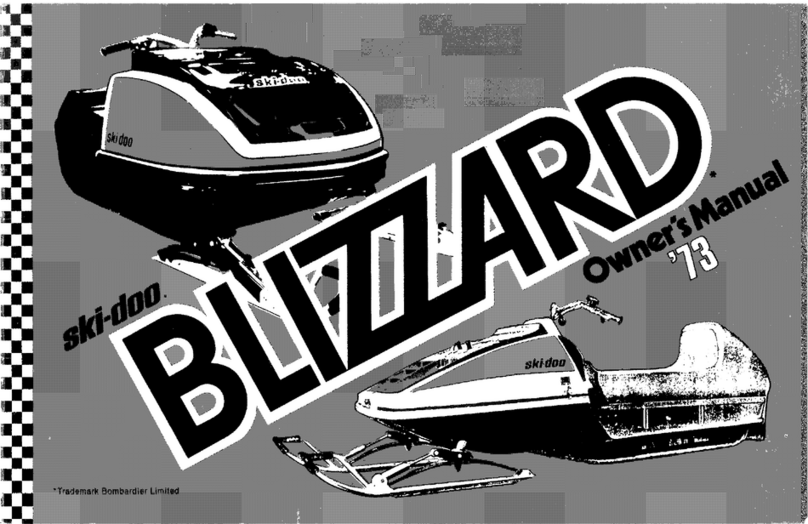
BOMBARDIER
BOMBARDIER ski-doo BLIZZARD 298 1981 User manual

BOMBARDIER
BOMBARDIER ski-doo elan 1974 User manual

BOMBARDIER
BOMBARDIER Ski-Doo 1978 Series User manual
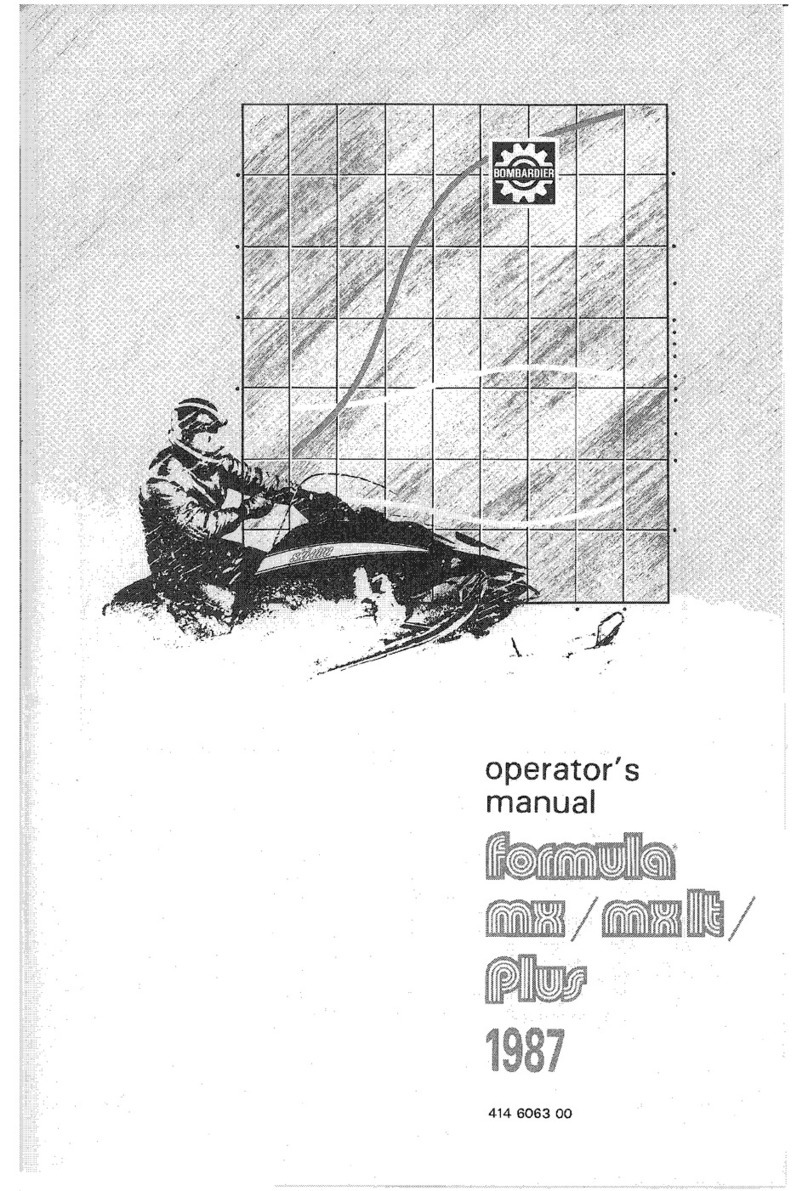
BOMBARDIER
BOMBARDIER formula Plus 1987 User manual
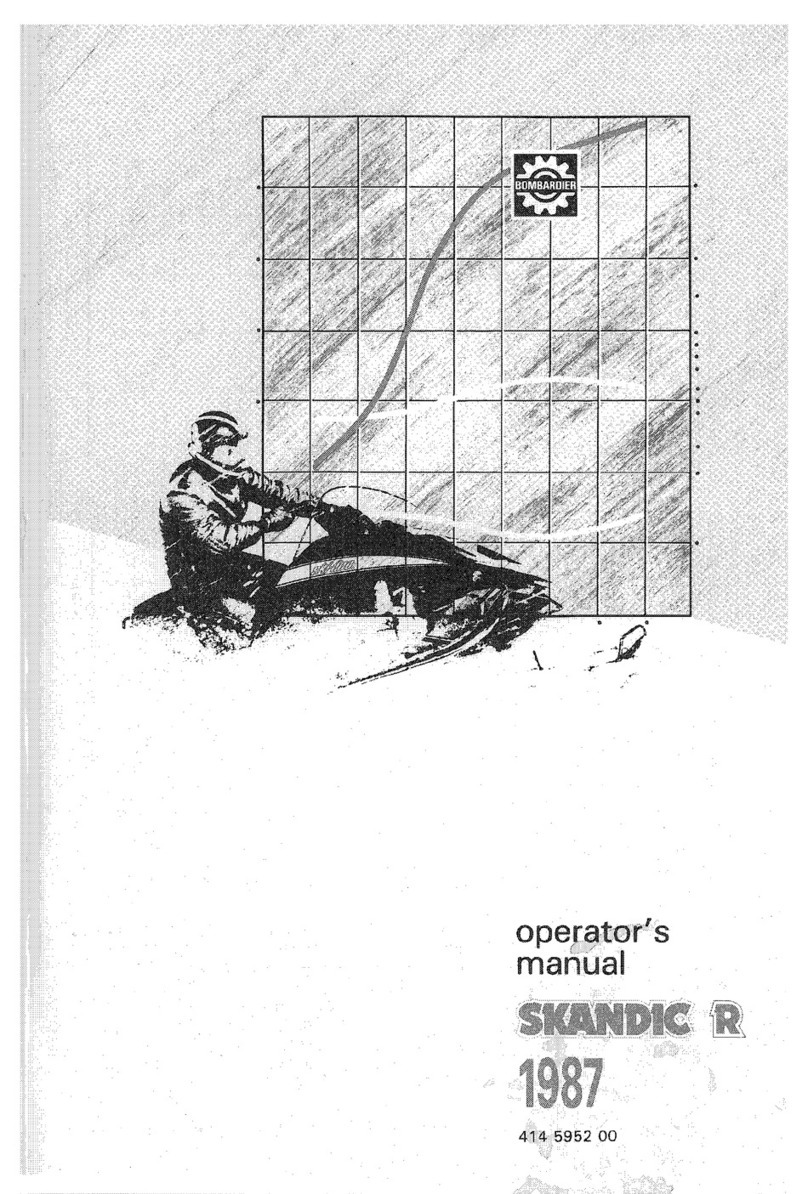
BOMBARDIER
BOMBARDIER Skandic R 1987 User manual
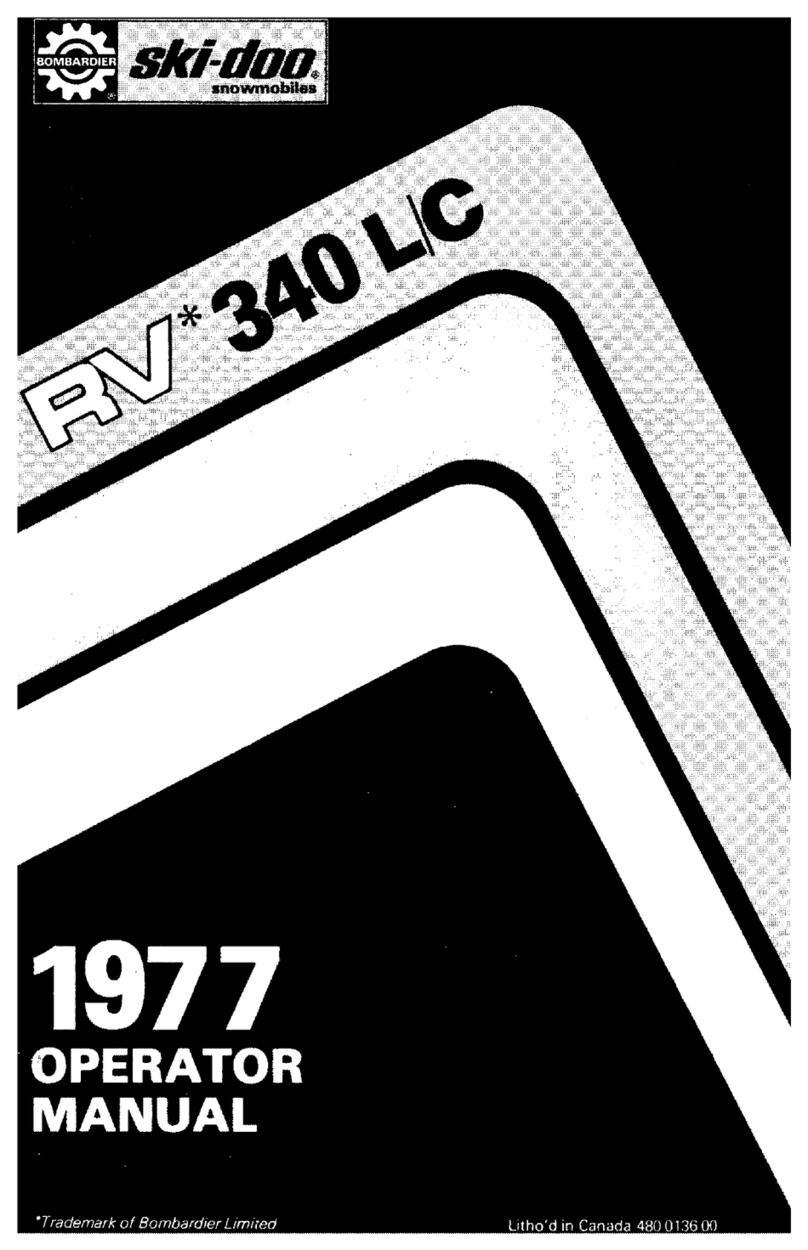
BOMBARDIER
BOMBARDIER ski-doo RV 340 L/C 1977 User manual

BOMBARDIER
BOMBARDIER 1982 Install guide
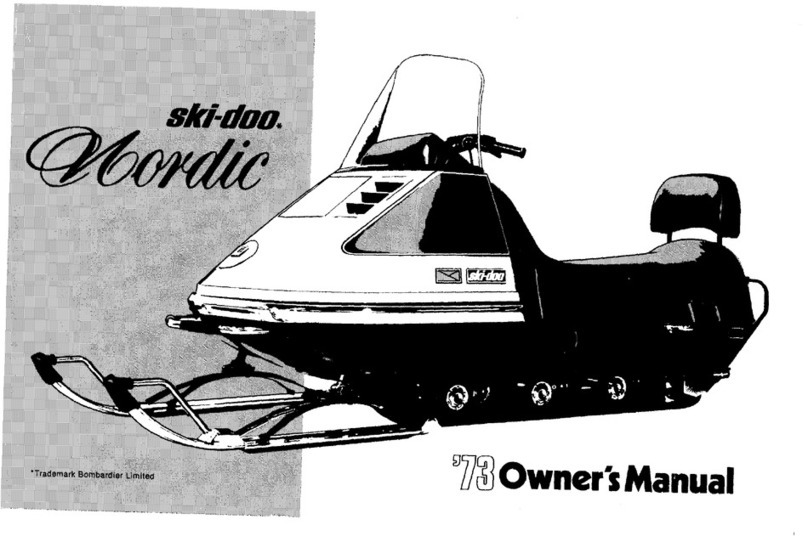
BOMBARDIER
BOMBARDIER ski-doo Nordic 640ER 1973 User manual

BOMBARDIER
BOMBARDIER Ski-Doo Alpine 74 1959 User manual

BOMBARDIER
BOMBARDIER Ski-Doo Alpine 640 ER 1977 User manual
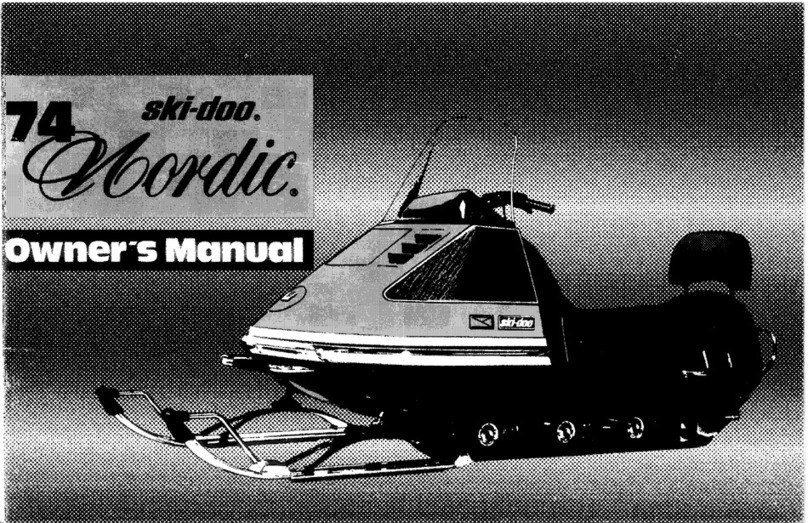
BOMBARDIER
BOMBARDIER ski-doo Nordic 640ER 1974 User manual

BOMBARDIER
BOMBARDIER Alpine 1984 Series User manual

BOMBARDIER
BOMBARDIER ski-doo Alpine 1972 User manual

BOMBARDIER
BOMBARDIER ski-doo OLYMPIQUE 300 1974 User manual

BOMBARDIER
BOMBARDIER ski-doo Elite 2004 Manual

BOMBARDIER
BOMBARDIER ski-doo Elite 1973 User manual
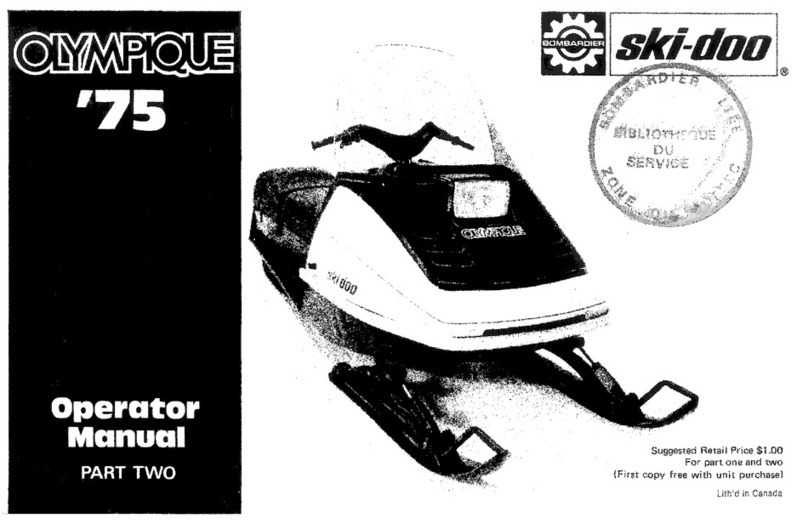
BOMBARDIER
BOMBARDIER ski-doo OLYMPIQUE 1975 User manual

BOMBARDIER
BOMBARDIER Elite 1981 User manual
Popular Snowmobile manuals by other brands
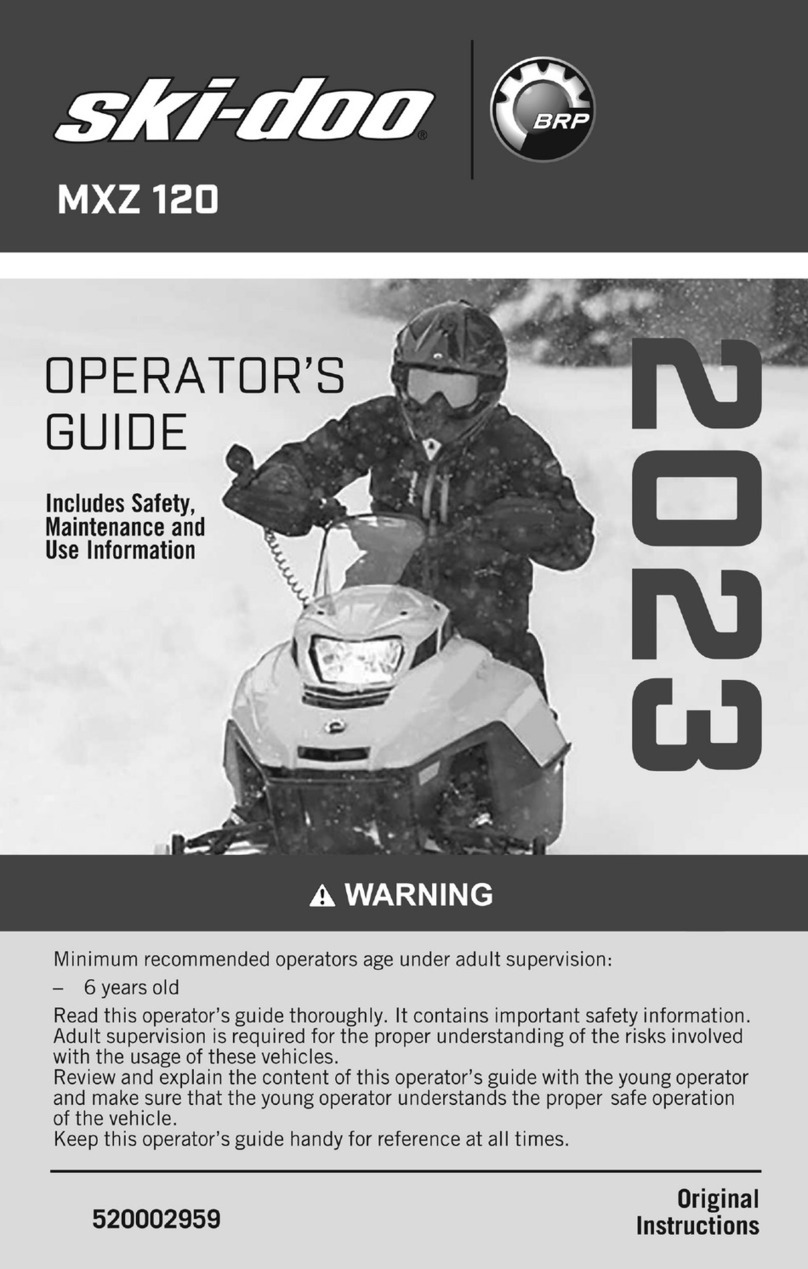
BRP
BRP Ski-Doo MXZ 120 2023 Operator's manual

Arctic Cat
Arctic Cat ZR 900 Series 2006 Operator's manual
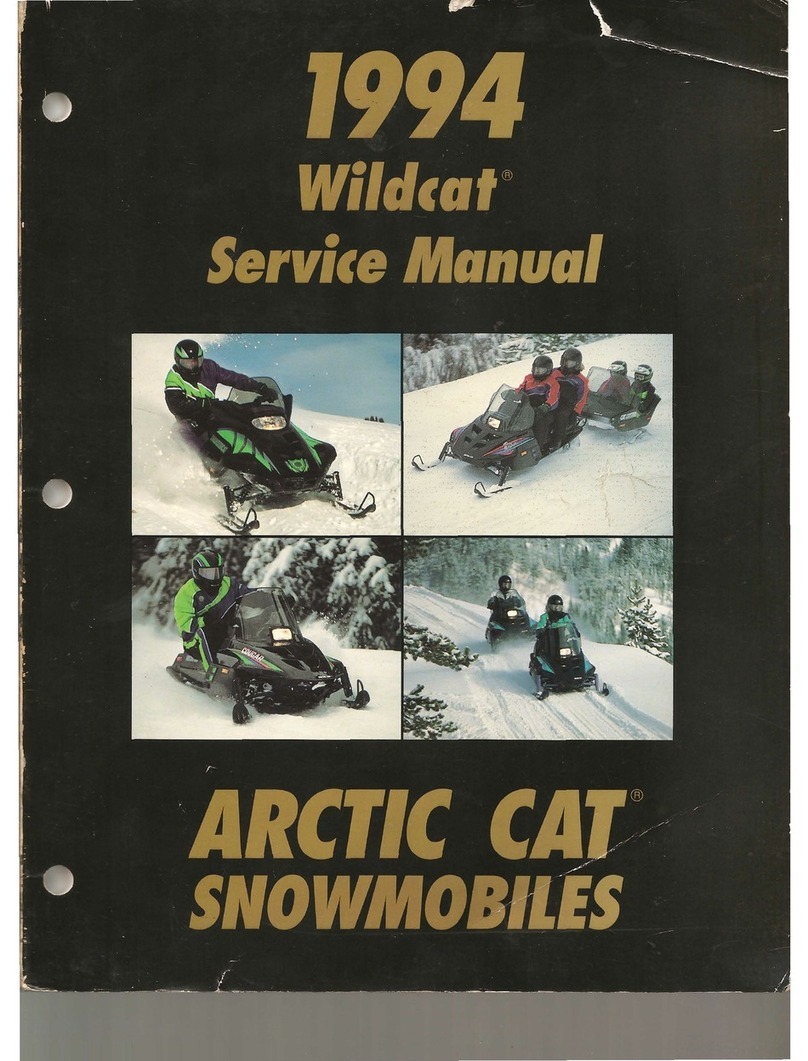
Arctic Cat
Arctic Cat Wildcat EFI Mountain Cat 1994 Service manual
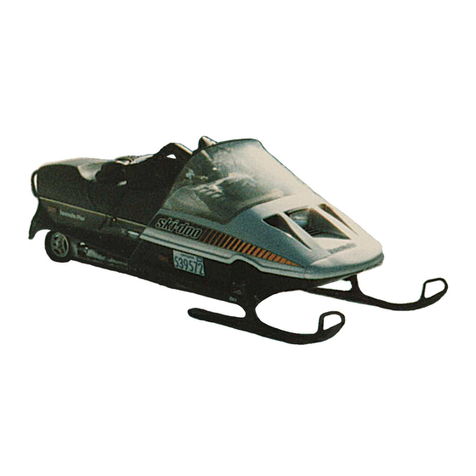
Ski-Doo
Ski-Doo Formula Plus 1985 Operator's manual

Arctic Cat
Arctic Cat Cougar Service manual
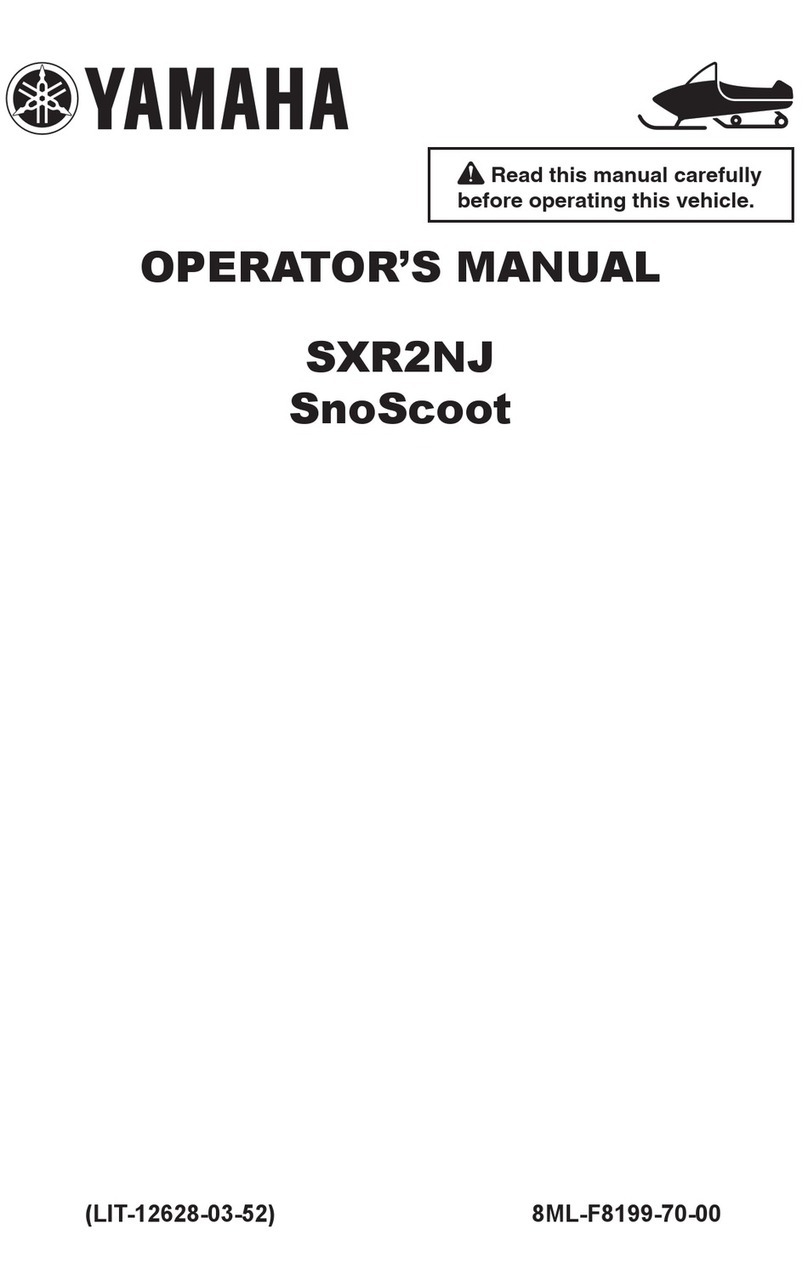
Yamaha
Yamaha SnoScoot SXR2NJ Operator's manual





